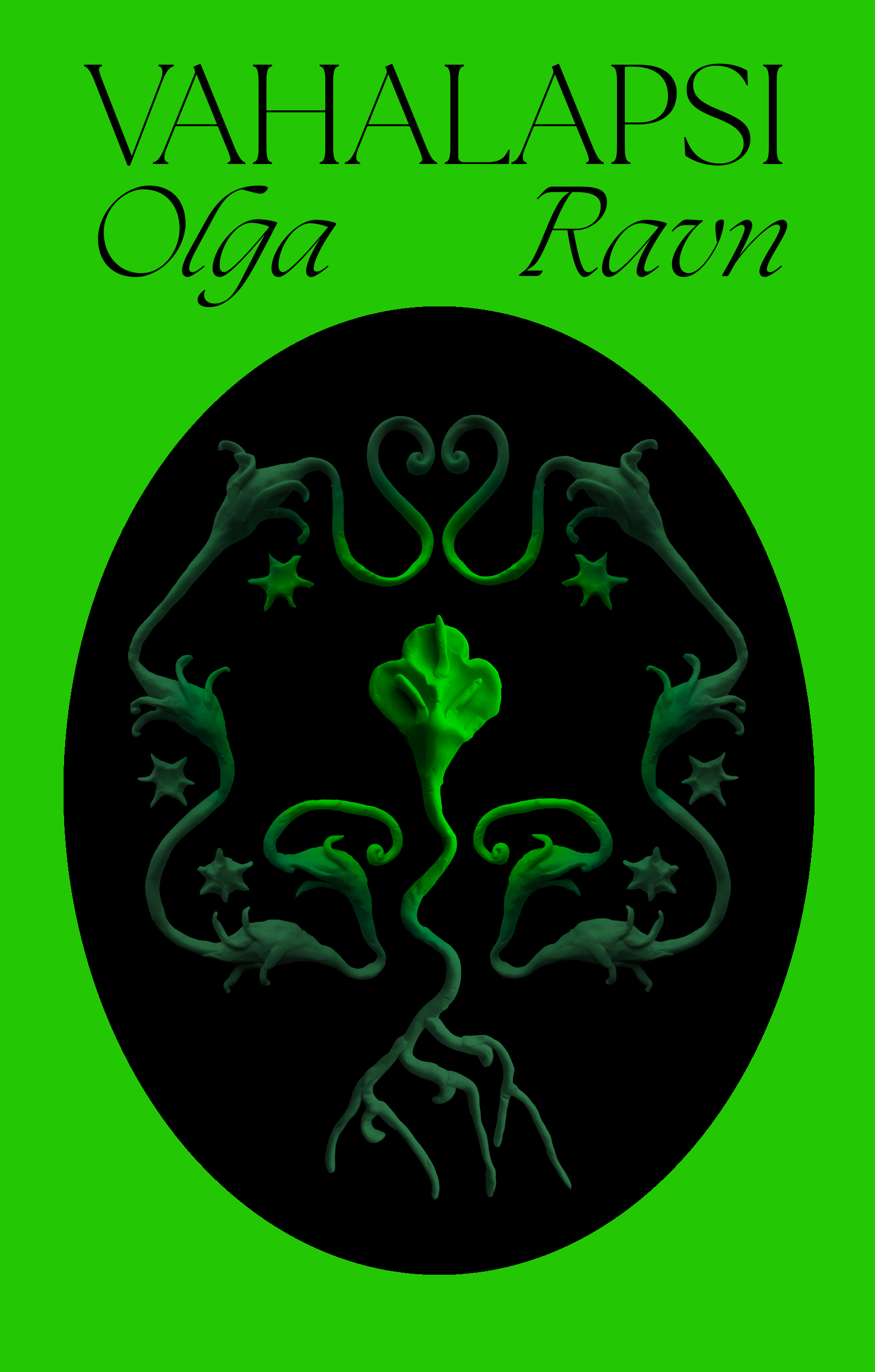What do you think?
Rate this book


176 pages, Hardcover
First published September 20, 2023
‘How do I know this? The dead fly in the window-sill told me, the grass-pollen as it puffed into the air told me, a brass candlestick told me, a speck of grit. Everything remembers and speaks to those who will listen.’
‘Were I not a wax child, I think I could have been a wound. But preferably I would be a root vegetable in warm soil, a wild carrot or an onion without eyes. Why should a wax child be kept alive—By strength of Aalborg's colours and smells. I might almost become a daisy of blood—dissolved into a fabric of woven moiré—hen soaked with blood, headless. Someone's saying the same prayer over and over. I am a dull knife.’
‘It is in the depths of her vessels, in that which we call horn and hair. In the smallest sequences it resides there still. I don't need to tell so much, I am merely a reminder, a down that settles upon your brow, and I am with you.’
‘The reason is behind us. All reasons are behind us. The fire has its own reason. The future is already visible. It is over there by the exits. I want you to look directly into the fire—You will hear me in the night under the breath—You will hear me when spring turns to summer, and there in the light an opening occurs, Elisabeth, will you come with us to the Lucia fest, Elisabeth? Magic is possible. Laughter is possible. There is a way out, Elisabeth, there is a way out…’